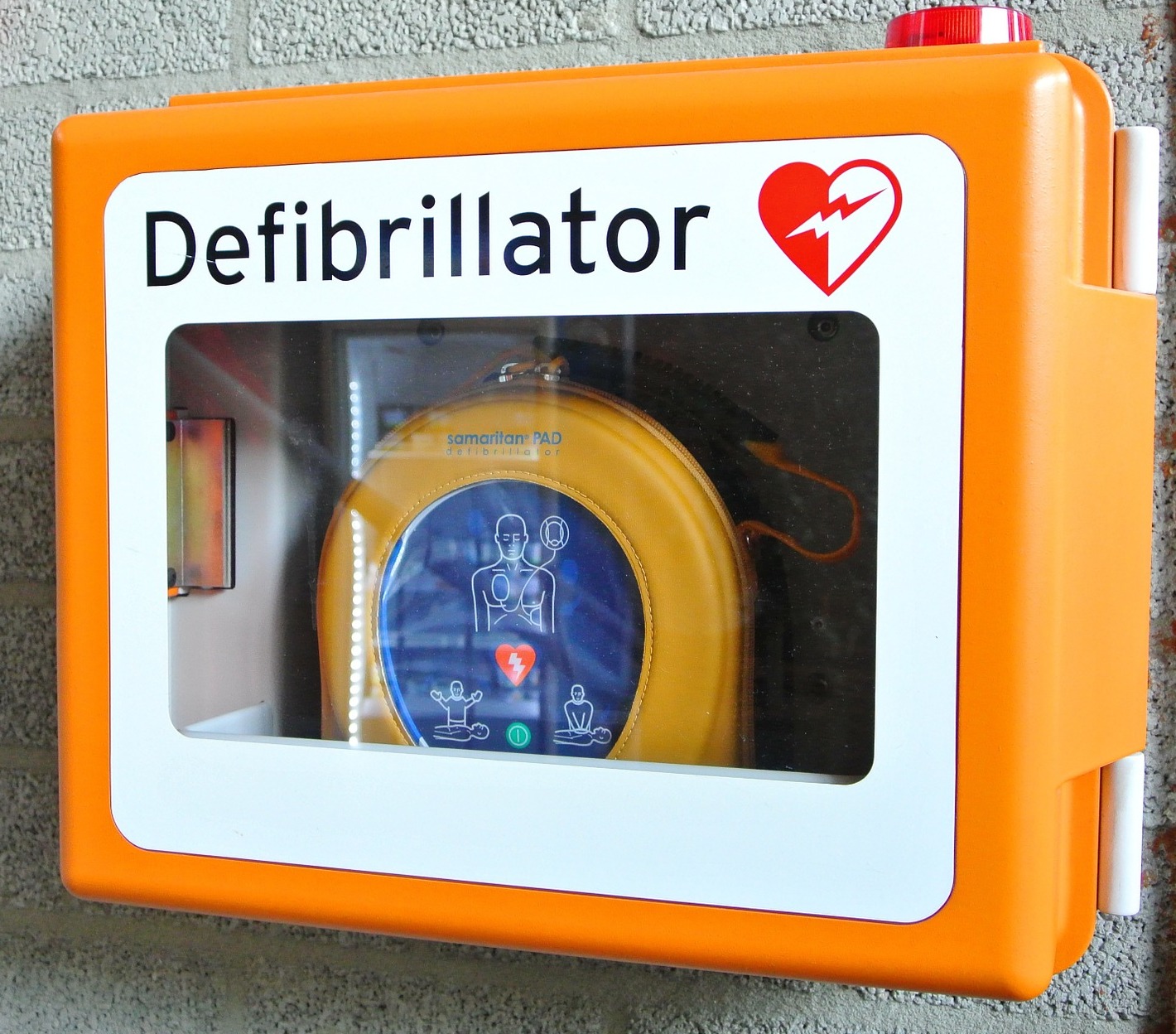Playlist
Show Playlist
Hide Playlist
Cardiac Case: 67-year-old Woman with Cardiac Arrest
-
Cardiac Case 67-year-old Woman with Cardiac Arrest.pdf
-
Reference List Cardiology.pdf
-
Download Lecture Overview
00:00 A previously healthy 67-year-old female collapses in the parking lot of a supermarket. 00:06 A bystander initiates cardiopulmonary resuscitation, that is chest compression without breathing, until the medical technicians arrive, the EMTs, and she - they checked the rhythm, the initial rhythm is ventricular fibrillation, I'll show you that in a moment. 00:23 The patient is shocked and her heart rhythm returns to normal sinus rhythm and of course she’s transported to the nearest tertiary care hospital. 00:31 So she has this possible syncopal episode, turns out actually to be a cardiac arrest and she has a completely irregular heart activity which is not effective in maintaining the blood pressure and here's a typical example of ventricular fibrillation, this is not an effective heart rhythm, the blood pressure would be close to zero. 00:53 So if untreated eventually this becomes a flat line EKG and the patient dies. 00:58 And so she comes to the hospital and here is her EKG and for her this is fortunate it shows an acute inferior wall myocardial infarction. 01:09 That is we see there's ST elevation in leads 2, 3 and AVF. 01:14 There are reciprocal changes in 1 and AVL telling us that the ST elevation is the real thing and she even has some involvement of the right ventricle. 01:23 A right ventricular lead 4 shows a little ST elevation as well. 01:27 So this is a fairly substantial inferior wall myocardial infarction and she has some right ventricular involvement so she's taken urgently to the cath lab, her right coronary artery is obstructed and is opened using a drug-eluting stent. 01:43 She's admitted to the intensive care unit placed on total body hypothermia for 24 hours and of course we are breathing for her, she's intubated, she's sedated and of course the ventilator is doing her breathing. 01:57 After two days of hypothermia she's gradually rewarmed and the patient is weaned from the hypothermia device and gradually weaned from the ventilator and she gradually wakes up and is found to be, fortunately, neurologically intact, this is very fortunate because this occurs only in about 20% or even less of sudden cardiac death events. 02:19 The good news for her was that somebody in the parking lot at the supermarket knew how to do CPR and that probably accounted for her good neurological outcome. 02:30 Eventually, she’s now has her right coronary opened, she's put on a beta blocker an angiotensin receptor blocker, aspirin, clopidogrel, and a statin. 02:40 An electrophysiology expert is consulted besides this patient doesn’t need an implantable cardioverter defibrillator because her VF was the result of an acute myocardial infarction and so therefore it isn't that she has poor left ventricular function, in fact, her left ventricular function turns out to be normal 65% left ventricular ejection fraction. 03:01 Cardiac rehabilitation nurse begins ambulation and after two days of successful ambulation, patient’s transferred to an in-patient rehab center for physical therapy, and in two weeks she returns to the outpatient clinic for cardiology follow up and she does well in the long term.
About the Lecture
The lecture Cardiac Case: 67-year-old Woman with Cardiac Arrest by Joseph Alpert, MD is from the course Cardiovascular Cases.
Included Quiz Questions
Which of the following would be evident in a 12-lead ECG of a patient with an acute inferior myocardial infarction?
- ST-segment elevation in the inferior leads (II, III, aVF)
- ST-segment elevation in the left lateral leads (I, aVL, V5, V6)
- ST-segment depression in the inferior leads (II, III, aVF)
- Reciprocal changes in the right leads (aVR, V1)
- ST-segment elevation in all anterior leads (V1, V2, V3, V4)
A previously healthy 67-year-old woman collapses in the parking lot of a supermarket. A bystander initiates cardiopulmonary resuscitation until the emergency medical technicians arrive. The initial cardiac rhythm is ventricular fibrillation. The patient is shocked, and she returns to normal sinus rhythm. She is transported to the nearest tertiary care hospital. An ECG shows acute inferior myocardial infarction with right ventricular involvement. Which of the following is the best next step in the treatment of this patient?
- Cardiac catheterization and revascularization
- Administration of intravenous nitrates
- Administration of intravenous propranolol
- Electrophysiology consultation
- Pharmacologic stress test
Customer reviews
5,0 of 5 stars
| 5 Stars |
|
5 |
| 4 Stars |
|
0 |
| 3 Stars |
|
0 |
| 2 Stars |
|
0 |
| 1 Star |
|
0 |




